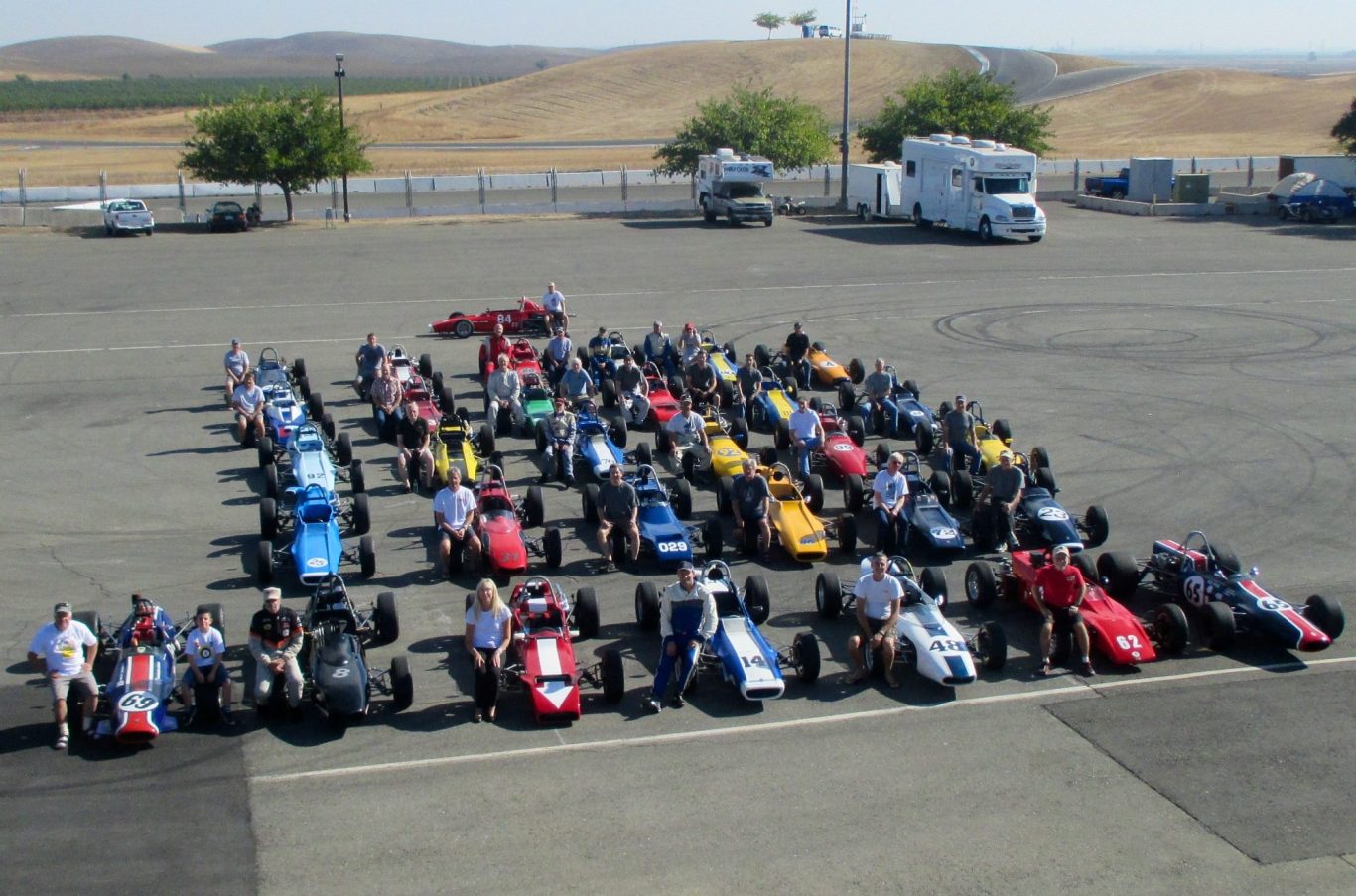
We recognize the visionaries behind Palliser-Winkelmann race cars, honoring their significant contributions to the world of vintage racing.
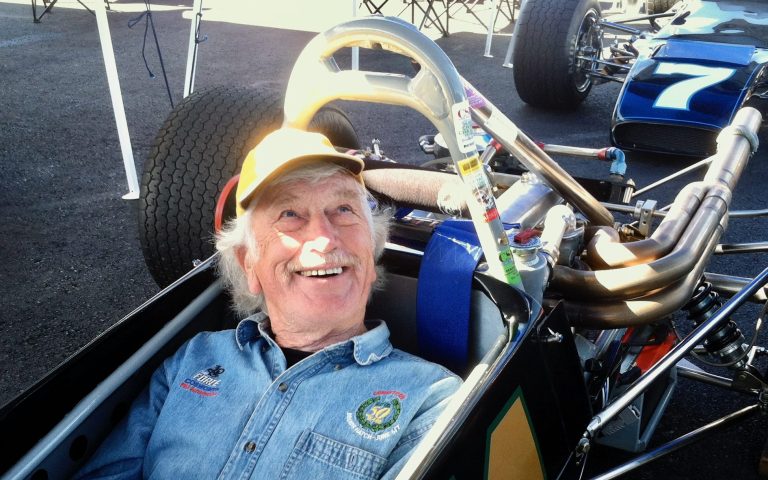
The Winkelmann Story, as told by
Bob Winkelmann to Dan Davis:



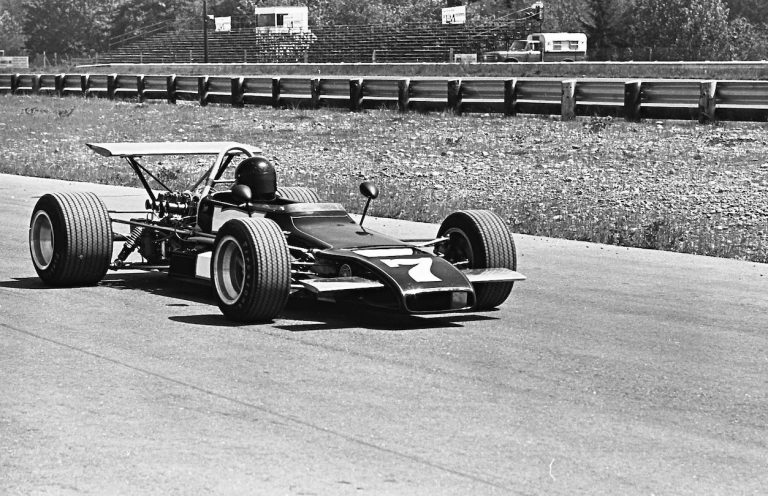
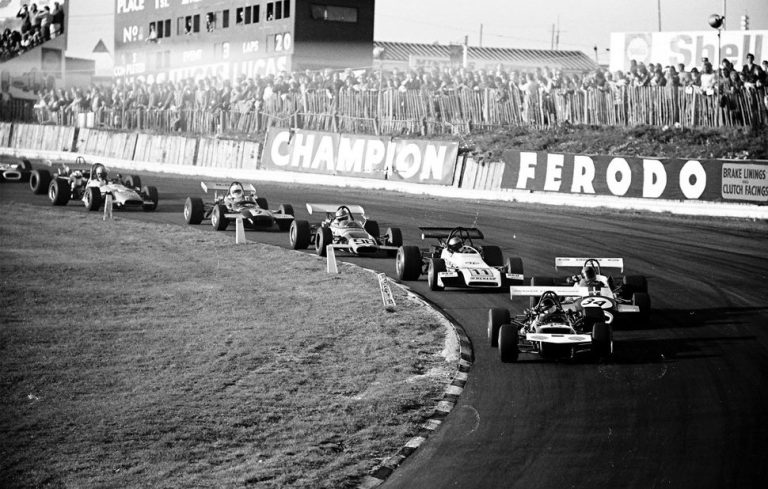

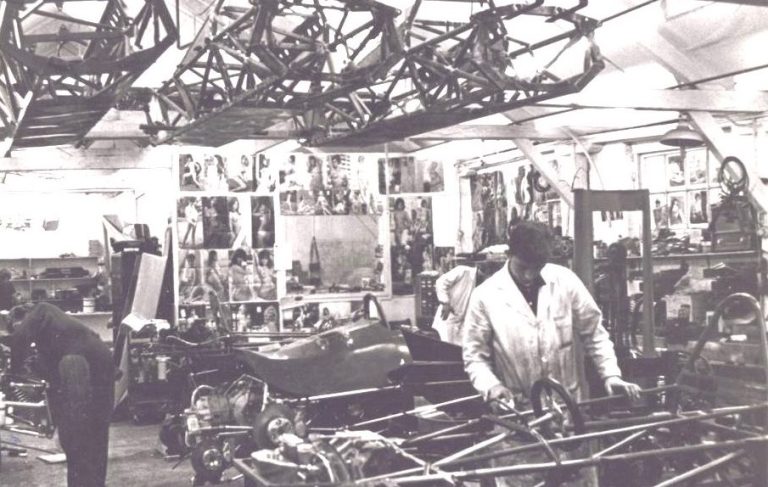


The first chassis was built by Len Wimhurst at his home in London. At the time, Len was working for Brabham and his frame was undoubtedly influenced by the BT 21 suspension geometry. However, it bore little resemblance in design since the reason Len built it was to test his own theories for a more rigid structure.
In a long career of race car fabrication for other manufacturers, he had developed many original details which he wanted to incorporate in one car. It is a tribute to Len's ingenuity that he was able to do this at his home. He had no bench-vice, he hack-sawed the tubing over his knee and had so little floor space that he jigged and welded the frame together on the shop wall.
At this point Len approached Hugh Dibley to supply an engine and test drive the car. No name had been decided yet. Hugh entered it at Mallory Park as a TBN, (to be notified) and was sufficiently impressed with its performance that be brought a series of photographs to my house in California for a discussion on the possibilities of production.
Hugh and I had been friends for some years, having competed in the USRRC (United States Road Racing Championship) in 1963 and 1964. We both served in the Royal Navy. he as a pilot, I as a flight mechanic and had joined British Overseas Airways after leaving the Navy, albeit at different periods since I left England before Hugh joined BOAC. He was, I believe, the youngest Concorde pilot and was operating London, New York, Miami, with occasional Honolulu runs which gave him the opportunity for layovers in San Francisco.
The photos showed a rugged machine. Len had planned for a possible formula Libre car and it could easily handle Formula One or Chevrolet engines. All suspension rod ends were half inch, a necessary detail for off course excursions from American tracks. My experience with Lotus and other British built race cars had made me well aware or the delicacy of the frame and suspension components of most marques. Len's chassis was ideal for the U.S. market. We discussed the possibility of going into limited production. I was convinced of the need for a strong single seater. So, with Hugh’s assurance that some changes could be made to suit my six foot frame, another drawback to British cars of the day, Hugh returned to London with my initial order for three Formula B cars and formed Palliser Racing Design Ltd.
Hugh's full name is Hugh Palliser Kingsley Dibley, a combination of Sir Hugh Palliser, an ancestor who commanded one of Lord Nelson’s ships, and Hugh's father, Rear Admiral Kingsley Dibley.
Hugh financed the venture and became managing director. Len was a director and production manager. Hugh and I exchanged courtesy directorships in each others companies and I became sales director for the US. Since my company, Robert Winkelmann Racing Ltd., had been in business for several years and was fairly well known In the US, it was by common consent that the cars would be called Winkelmanns when sold in America.
The first three Winkelmann cars were delivered in May and June of 1968 to Dan Murphy of Wisconsin, Rodolfo Junco in Texas and myself in California. Designated WD-B-1, for Wimhurst-Dibley Formula B, Mark 1. A fourth car was delivered in April 1969 to a Mr. Harris, also of Texas.
During the 1968 season, a dealership was established in Texas. Registered as Winkelmann of Texas, it was headed by Rod Kennedy and Jerome Shield. Based in Austin, these gentlemen were early Formula Ford boosters and it was in no small part due to their insistence that I urged Hugh to build a car to this new formula. Len was a bit reluctant at first, believing it was a "fiddler class. for amateurs and would go nowhere. However, I went to London at the end of 1968 with firm orders for ten cars and by the time of the Racing Car Show at Earl’s Court in January 1969 Len had modified a B-1 chassis to the new class and we introduced our first Formula Ford to the public.
It is pertinent to the story that or the 41 Formula Ford WD-F-1 cars manufactured in 1969, only one, number 011 was sold in the UK as a Palliser. The rest were imported, sold, registered and raced as Winkelmanns, fourteen in Texas alone where the ability to accommodate a six corn-fed cowboy was quickly recognized.
I won't dwell on the successes, there were plenty and they are well documented, suffice to say that by the end of the first season, three Winkelmann drivers had either won their division or placed high enough to make the run-offs. Meanwhile, eight of the new Formula B cars, or Atlantic as it is now known, had been delivered to the States. This was the first of the wedge designs requiring the radiator to lay almost flat. These cars, designated WD-B-2, were all sold here as Winkelmanns.
We had a bit of trouble with the cooling in desert temperatures and two or three different shaped noses were tried. Eventually we got that problem sorted and the Wedge was here to stay.
The Formula Ford variant of this model, WD-F-2 was to be introduced in the January 1970 Racing Car Show, but by a massive effort on Len’s part, the first three WD-F-2 Winkelmanns were completed and delivered on the 22nd of November 1969 to the three Winkelmann drivers who had won spots in the American Road Race of Champions held that year at Daytona.
This model was an instant success. Many well-known drivers got their start in F-2's. They are easy to drive, quite forgiving, robust by race car standards and very fast.
In all, fifty WD-F-2's left the works by the front door, 45 came: to the States, sold through Winkelmann dealers of which there were now six. At the same time Palliser was also doing a brisk business in component parts and several other manufacturers used them in the construction of their own cars. Since it was also possible to deal directly with our frame supplier and purchase a replacement frame at virtually our cost, many knowledgeable race car mechanics built pirate versions of Palliser design and called them Pallisers or Winkelmanns.
It will never be known how many of these cars exist, nor was it confined to Palliser. Lotus, Lola and Brabham had the same problem. However, if it is of any concern to the current owners of Palliser/ Winkelmann cars, records were kept of all the cars sold in the States and which dealers sold them. In many cases, the names of the first owners are known.
Meanwhile, back in England, Vern Schuppan and Peter Lamplough were running works Pallisers, Vern in an Atlantic and Peter in a Formula Ford with Hugh occasionally taking time off from flying to tear up track records. Calls and letters from satisfied customers came from allover the States, detailing their track successes and exchanging information about ‘demon tweaks' they had discovered to improve performance. All, of course reported back to the 'works' via Telex.
Len made variants for Formula Super Vee, of which 5 or 6 were sold. The WD-F-3 and WD-B-3 rolled out of the shop incorporating detail improvements such as extra knuckle clearance around the shift lever and anti-dive front “A" arms. Minor improvements, but essentially the same car.
By this time, I had established a chain of dealerships consisting of very knowledgeable people, who were providing excellent support for our customers. Parts were available on an over night basis and quite a large percentage of sales were due to replacing 'corners' knocked off by off course excursions. It had been my policy to sell the cars at little above cost in order to increase the numbers sold and allow the factory to get up to speed and improve efficiency of production. Components, however, were priced to allow dealers to make a fair profit and the bottom line began to reflect this.
We seemed to be on a roll but alas, the first oil crisis now loomed forcing a lot of people to sell their cars and get out of racing. Our suppliers and sub-contractors seemed to have weekly increases in price, making it difficult if not impossible for us to maintain our lists. We had earned quite a lot of dollars for Britain, but unfortunately none for ourselves. Ultimately, Hugh was forced to cease trading and close down Palliser Racing Design. To fill outstanding orders, four cars were delivered in kit form directly to our US customers. Designated WD-F4, they were the last cars officially sold.
During our three years of operation, we had focused a high degree of specialized knowledge in combination with enormous enthusiasm to produce these cars. We didn’t make any money, but everyone had a lot of fun losing it. That they are still being raced after 25 [now 52!] years is great source or pride and pleasure.
Bob Winkelmann

Memorial lap for Bob Winkelmann Oct. 3-5 at Sonoma Raceway
On the October 3-5 weekend there will be a memorial lap for Bob Winkelmann, who passed in 2024, at CSRG's annual Charity Challenge at Sonoma Raceway, aka Sears Point. Details to follow, so stay tuned.




